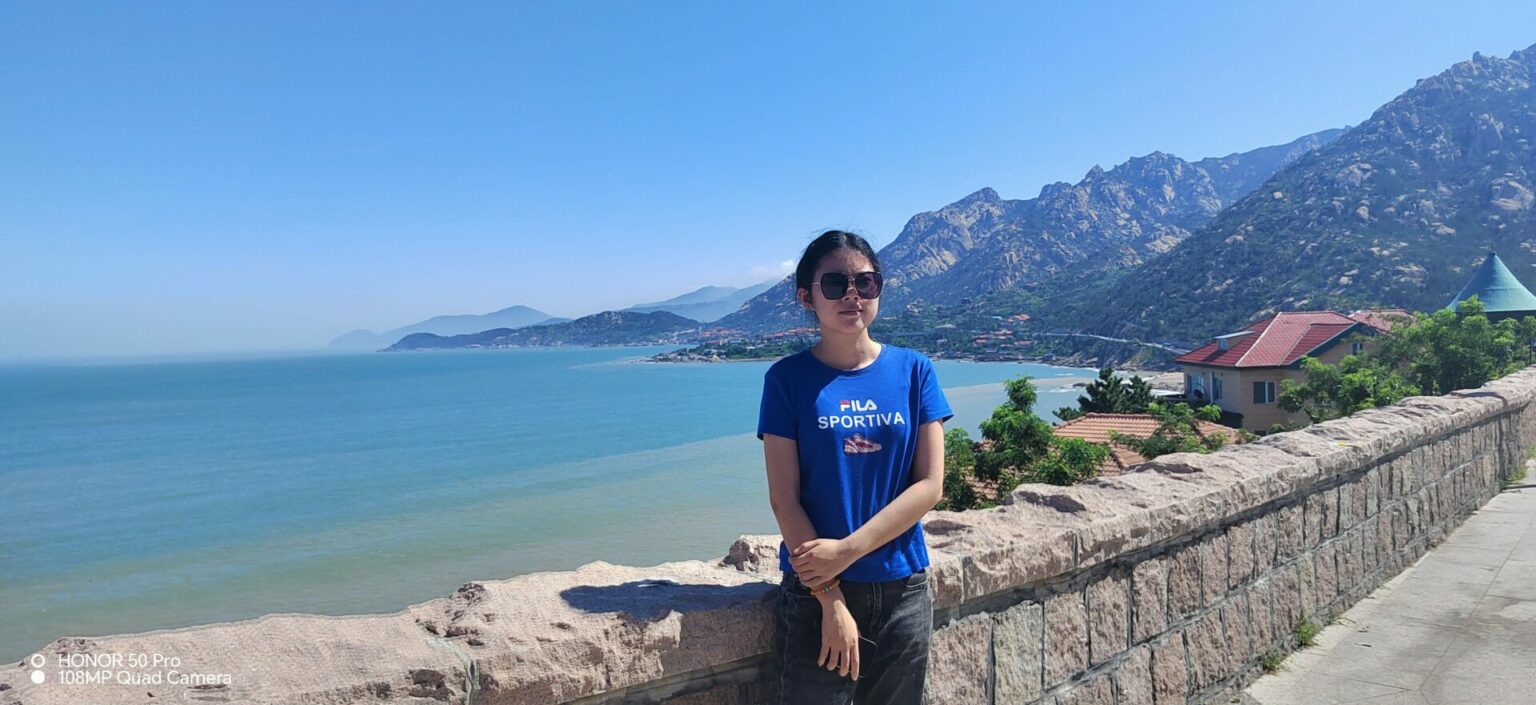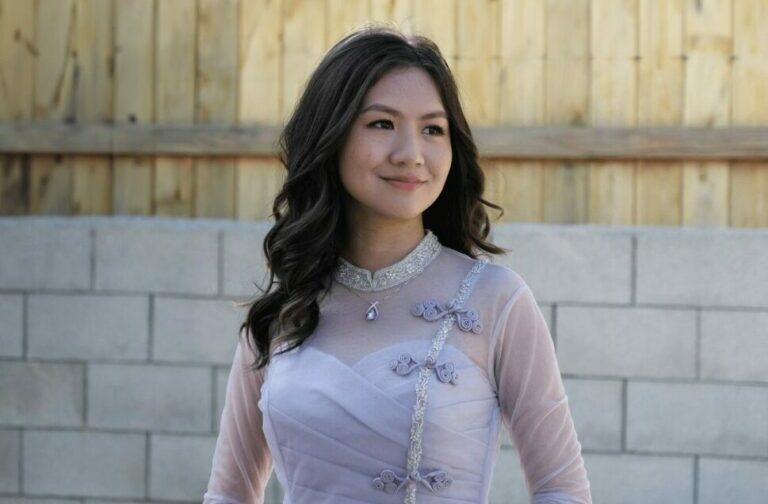We caught up with the brilliant and insightful Kelsey Irvin a few weeks ago and have shared our conversation below.
Alright, so we’re so thrilled to have Kelsey with us today – welcome and maybe we can jump right into it with a question about one of your qualities that we most admire. How did you develop your work ethic? Where do you think you get it from?
I’d say it’s a combination of two things. One is from observing my parents who both worked hard doing something they loved and still managed to raise children in a loving home. I remember observing my dad working so hard, but I knew that he loved his job so it never seemed like a stress or a chore. I played a lot of soccer as a kid and I recall he would even bring a file of articles to read or review to my soccer games and he’d peak down at them between the plays. He used every bit of his time wisely. He was a great example of hard work ethic and balance. My mom was a flight attendant with American Airlines and she took strategic leaves of absences during our childhood so I hardly remember her being gone. She worked enough to maintain her career but wanted to be home as much as possible when we were really young. She then went back to work full-time when we were older and always got great joy out of working. I loved seeing both of my parents have careers that they enjoyed so much. They pursued what they loved and worked hard to maintain those careers while raising a family.
Additionally, I don’t believe you can have a successful career in an industry like this one and not work incredibly hard to get there. I have no excuse not to work as hard as possible and as passionately as possible, because it’s incredibly worthwhile. That said, I had this work ethic well before I knew I could become a professional artist. I think my personal work ethic started while I was in college at St. Lawrence University. I become so hungry for all of the opportunities that were presented to me that I initially said yes to everything I was offered. I had my plate so full with jobs and majors and sports that the only way to pull it off was to have a very hard work ethic and a very balanced schedule. I used to have to run from class to class, and from a job to a practice. I literally didn’t have time to walk, I had to run. It was the only way to fit it all in. Those years taught me a lot about work ethic and how new doors can open when you put the work in. I also learned a lot about balance and my tendency to take on too much. That’s a tough lesson that I’m still learning but an incredible valuable lesson as well. I don’t say yes to everything anymore, I know have can’t do it all and the only way to do the things that are most important to me — to the best of my ability — is to ration where my time is spent.
Perhaps one thing lead into the other, I don’t know, but I’m certainly grateful.
Appreciate the insights and wisdom. Before we dig deeper and ask you about the skills that matter and more, maybe you can tell our readers about yourself?
I’m an artist. Most everything I create involves drawing, painting, and collage. The collage elements that I use are specifically vintage ephemera, which I’ve collected over time. The work is meant to be a treasure hunt of sorts. It may look like a painting from afar but as you get closer up you realized it is made up of dozens and dozens of different materials, sometimes dating back to the 1920’s. I’ve been fortunate enough to have sustained a professional career as an artist for 20 years. That sounds odd to me because I often feel like I’m just getting started. I have so much more that I plan to do.
I am represented by many galleries across the country who have been wonderful to partner with. I am grateful for all of them. I am also a gallery owner with my husband, Michael. We incorporated in 2007, before we were even dating, when we decided to join our strengths, while being open about our weaknesses. There are things he thrives in that I’m not so good at, and visa versa. That’s important in any kind of partnership, to know one another’s strengths and weaknesses. We own Kelsey Michaels Fine Art in Laguna Beach where we represent a talented stable of artists. Michael handles the sales and clients. We curate the gallery together, and then I am most often behind the scenes since I am usually in my studio working while he is in the gallery.
More recently I also partnered with Geoff & Amy Mitchell, to open a Non-Profit museum called Museum of Make Believe. This is a really new and exciting venture that is a unique way to give back to the community while creating a home for people to experience art in a new way. Museum of Make Believe is an immersive art museum blended with a traditional art museum. A place where you never grow out of believing in Make Believe and cultivating your imagination. We are excited to open our preview space in Laguna Beach this year.
Looking back, what do you think were the three qualities, skills, or areas of knowledge that were most impactful in your journey? What advice do you have for folks who are early in their journey in terms of how they can best develop or improve on these?
1. Don’t get ahead of yourself. Appreciate every opportunity and put your best work forward so you can observe which doors open. If you find success in art and are selling work, go slow and steady and trust the process. The right doors can open if you’re working hard and learning as you go. If a door doesn’t open for you move on to the next one and don’t let it bother you too much. Your work can’t be a fit for everyone or every gallery. That’s okay. Just keep going.
- Learn the business side of art and embrace it. I’ve met artists that don’t want to share a cut with a gallery or a dealer. No judgment on that choice and if they can juggle selling and marketing their own work then good for them. But, for me, I learned about the art business early on, and although business was never my passion or specialty, I knew it was important for me to dive into learning about the art business itself. The artist/gallery or artist/dealer relationship can be a very beautiful thing when it’s done correctly. Like a marriage, it’s a partnership which involves trust and loyalty. The gallery works hard for the artist to be able to focus most on creating their work. That’s a big deal for me and I love being able to focus on what I am most passionate about and not worry so much about selling.
- Find your own voice and lean into what makes your work unique so it becomes more and more unique as it evolves. Make it your own, don’t recreate someone else’s work. It is so easy for young artists to be too easily influenced by other artist’s work today because of social media, and how much great artwork, music, etc. is out there in front of your eyes every single day. In art school you may have an assignment to find a master’s work and recreate it. This is all normal and that practice is fine, but as you evolve as an artist it’s so important to make your work your own. That also becomes how you stand out to galleries for representation. They don’t want more of the same thing, they want something new. Find what makes you tick and lean into that. If it’s authentic and from your heart it will read that way and it will make the work stronger.
To close, maybe we can chat about your parents and what they did that was particularly impactful for you?
They believed in me and let me try. I remember submitting to art contests in the newspaper as a kid. I got in one where you’d design an egg into a character or something like that. Definitely a confidence booster for a kid to see your drawing in a newspaper after loving the Sunday comics for so many years. Then, I wanted to make it into a little job so I submitted t-shirt designs for this trendy company, Tony Walker, that had their flagship store near our hometown. Everyone at school wore their t-shirts. They had fun designs with ironic sayings on them. I don’t think I ever heard back regarding my submissions, but I’m glad I tried. Next I wanted to submit cartoons to magazines. I remember drawing out 3-4 ski cartoons and submitting them to Ski Magazine. I made it as professional as I could for a kid, but I’m sure they could tell I wasn’t really an adult or a professional freelance artist. I do recall receiving back very kind rejection letters, which was nice. The point is, I always tried and my parents never discouraged me about anything I wanted to try. I’m sure they knew I was too young to get freelance artwork into a magazine at 10 or 11 years old, but they helped me mail my packages out and never thought twice about doing so. I knew my parents always supported me and everything that I was inspired to do. I think knowing that your parents have your back and excited about what you’re doing goes a long way.
Contact Info:
- Website: https://www.kelseyirvin.com
- Instagram: https://www.instagram.com/kelsey.irvin
- Facebook: https://www.facebook.com/kelseyirvinartist/
- Youtube: @kelseyirvin7521
- Other: Latest two short film documentaries made about my work: https://vimeo.com/258729079 https://vimeo.com/187060686





![]()

![]()




